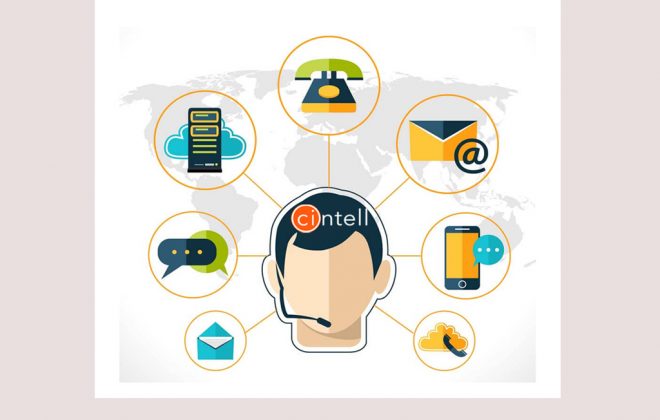How to Build a Buyer Persona: a Recipe for Success [Infographic]
In business, it’s important to know who your primary audience is – if you don’t know who you’re marketing and selling to, it’s going to be tough to make a sale.
Of course, you have a general idea of who you’re trying to sell your products to, but do you truly understand these people? How are they similar? Different?
There are likely many different subsets within your overall audience who have unique needs and buy your product for various reasons. Therefore, it’s critical to develop thorough buyer personas. We created this guide to help you get started.
What is a buyer persona?
A buyer persona is a fictional person that represents a key segment of your audience. They are derived from customer data and market research. They should paint a picture of who customers are and what drives them to your product or service. These personas can inform your strategic decisions at every level of business—from marketing to sales to product development—and help drive customer engagement.
Why are buyer personas important?
Buyer personas are important because they help you both target and relate to customers. Your buyer personas will inform social advertisements that allow you to find customers based on their demographics and interests. Buyer personas will also guide your brand messaging and help you create content that will add value to customers and solve their problems.
How do you create a buyer persona?
Creating a brand persona is much like following a recipe. You take your ingredients, or information, and mix them together to cook up a helpful persona. We’ve broken the process down into five steps.

1. Review existing customer data
The first step to creating a persona is reviewing the types of people that are already engaging with your brand. Examine these things:
- Social media followers – much of this information can be found by using each social platform’s analytics tool
- Website visitors – check the audience report on Google Analytics
- Email subscribers – use segmentation to inform potential personas
- Insights from employees – ask the customer service and sales teams what kinds of customers they interact with and what their common problems are
- Competitor’s customers – analyze competitor’s social feeds – conduct a competitive analysis or to see who is engaging with them
2. Gather additional data from relevant audience
Now that you have a baseline of who engages with the brand, conduct additional research through surveys and interviews. You can do this by:
- Sending questionnaires to your email list
- Adding questionnaires to your website
- Conducting phone calls with existing customers
- Interviewing your target audience in-person
- Using third-party services to conduct interviews
When you’re conducting interviews, one of the most important things to figure out is what your prospects’ issues are and how your product or service can help solve them. Of course, basic background information like gender, age, profession, hobbies, income, and relationship status are important to know. However, those questions should be answered quickly so that you can spend time digging into the more important information like goals, challenges, values, fears, and motivations.
Example questions include:
- What does your typical day look like?
- What are your biggest challenges? (as they relate to your product or service)
- How can your product or service help solve those challenges?
- What makes you happy?
- How do you measure success?
- What are your spending habits?
- What motivates you to make a purchase?
- What do you value in a company?
- How do you prefer to communicate?

3. Analyze your data and segment your customers
You may need to create more than one buyer persona. From the data you gathered, narrow down the groups of people who are purchasing your product and why. Are they purchasing for themselves? As a gift? For a company?
You’ll also want to consider stages of the buyer lifecycle and how that applies to your persona. For example, you’d treat a lead different than an existing customer.
4. Create your persona(s)
Build specific persona profiles. Begin by listing background and demographic information for each persona. Then, look to your research to figure out each persona’s motivations, fears, goals, and pain points. It may be helpful to draw from interviewees’ quotes that resonated with you the most.
It’s important to give your personas names and personalities so that they are relatable and easy to remember. Don’t be afraid to be granular and include the types of TV shows or movies they would watch, and specific hobbies.
Buyer persona profiles should include:
- name
- age
- gender
- education level
- interests and hobbies
- job title
- income range
- family status
- motivations
- concerns and challenges
- values and fears
- buying behavior
If you’re new to creating buyer personas you may want to use a template or generator, and view a few examples before you get started.
5. Use personas to inform strategy
Modify your marketing efforts and think about how you can develop your products or services to target your personas. You may want to consider different marketing tracks for each persona.
- Email messaging – make sure your email list is segmented for each persona
- Blog content and social media posts – create content that speaks to different personas
- Customer service efforts – train your customer service representatives on what different types of customers need
- Sales pitches – create multiple pitches that are tailored to your buyer personas’ goals and pain points
- Product development – use each buyer persona’s pain points to inform product development and offerings
Originally published here – http://getcrm.com/blog/buyer-persona/





